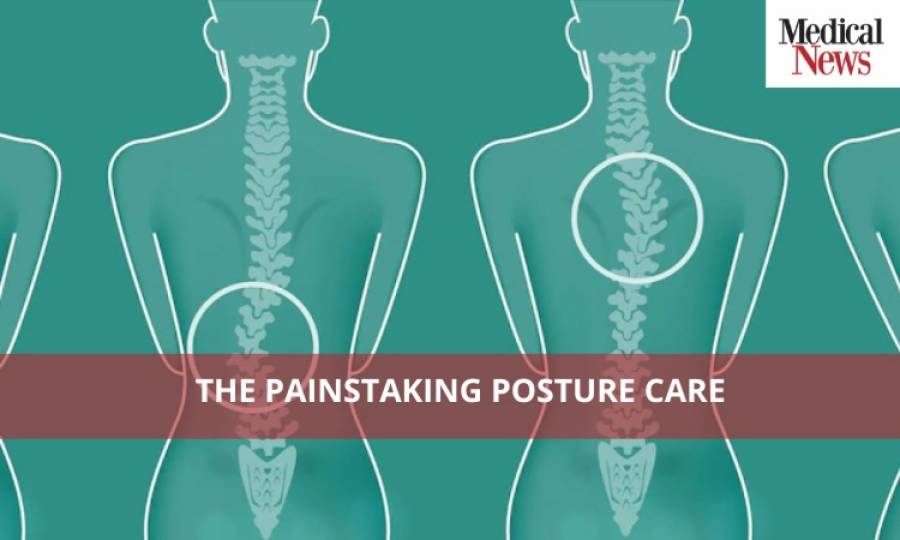The Painstaking Posture Care

Maintaining good spinal health may be as easy as maintaining good posture. Even though it may need some effort and attention, good posture will give the necessary back support.
This is highly crucial if you spend a lot of time in an office chair or standing during the day.
When you sit or stand correctly aligned, blood flow is improved, your nerves and blood vessels are protected, and your muscles and ligaments are supported, which benefits your health. To avoid back and neck discomfort, it is essential to practice optimal posture regularly.
Why is Good Posture Important?
Standing or sitting with the adequate alignment of the body is what we mean by "good posture." When you learn how to efficiently hold your body against gravity, you reduce the amount of stress you put on your muscles and ligaments. Keep your bones and joints aligned by maintaining good posture. This reduces pressure on supporting structures.
When your spine is aligned correctly, your body can support your weight without putting undue stress on your joints. Poor posture may cause neck and back discomfort by straining your tendons, muscles, and ligaments.
Improved posture may help alleviate neck and back discomfort symptoms, which may surprise you. By slouching, you place your body in an unusual posture, which might affect particular organs in your abdomen. At work, hunching over to look at your phone or tablet may lead to acid reflux and constipation, so it's essential to keep your posture upright. Sitting up straight may provide comfort if you get heartburn after slouching.
As a result of perfect posture, your muscles and other tissues can operate normally, reducing the risk of injury. The joints in your body are put under a lot of strain if you don't have the correct posture. Osteoarthritis, or "wear and tear" arthritis, is the most prevalent cause of this condition.
How to Improve Your Posture?
Your posture has a role in how much stress you put on your joints, even if other variables, such as age and genetics, play a part in your chance of developing the disease. Maintaining a healthy and lubricated range of motion in your joints is easier by keeping your body aligned in a good posture.
According to a study published in the journal Ergonomics, improper posture can become habitual, especially among persons who work in front of computers. Such posture disorders can contribute to chronic disability. Over time, slouching or slumping can weaken the spine and make it vulnerable to injury.
Any sort of exercise can help you improve your posture, but certain exercises are particularly beneficial. Yoga, tai chi, and other body-awareness-focused classes are among them. It's also good to undertake core-strengthening exercises (muscles around your back, abdomen, and pelvis).
The Bottom Line
In terms of boosting your mood, posture is probably not the first thing that comes to mind. It's best to think about it: Because the brain and body are interconnected, your mood may influence your posture just as much as your posture can affect your mood. It's easy to see that when you're happy, you sit up straight, whereas when you're sad, you slouch or sit slumped. Try adjusting your posture; stand up straight, and take deep breaths the next time your mood begins to dwindle. If you do this, you could feel a little lift in your spirits.
Trending
Popular
Sindh pledges vigorous action to prevent poliovirus transmission
-
PMA stresses health equity on World ...
04:08 PM, 9 Apr, 2024 -
Dow University’s new rabies vaccine ...
12:18 PM, 28 Mar, 2024 -
IRD role lauded in advancing ...
02:53 PM, 12 Mar, 2024 -
Over one billion people worldwide ...
09:48 AM, 5 Mar, 2024




